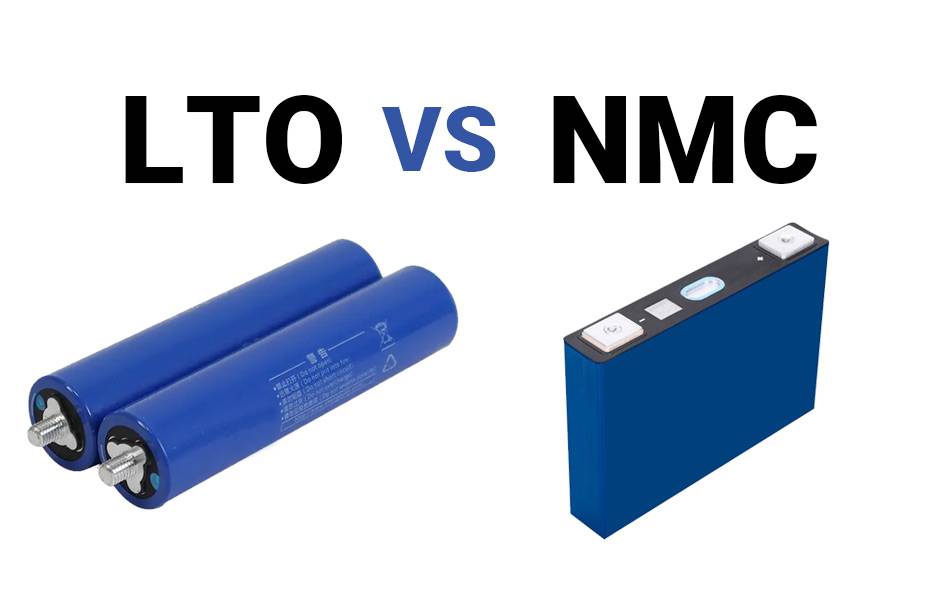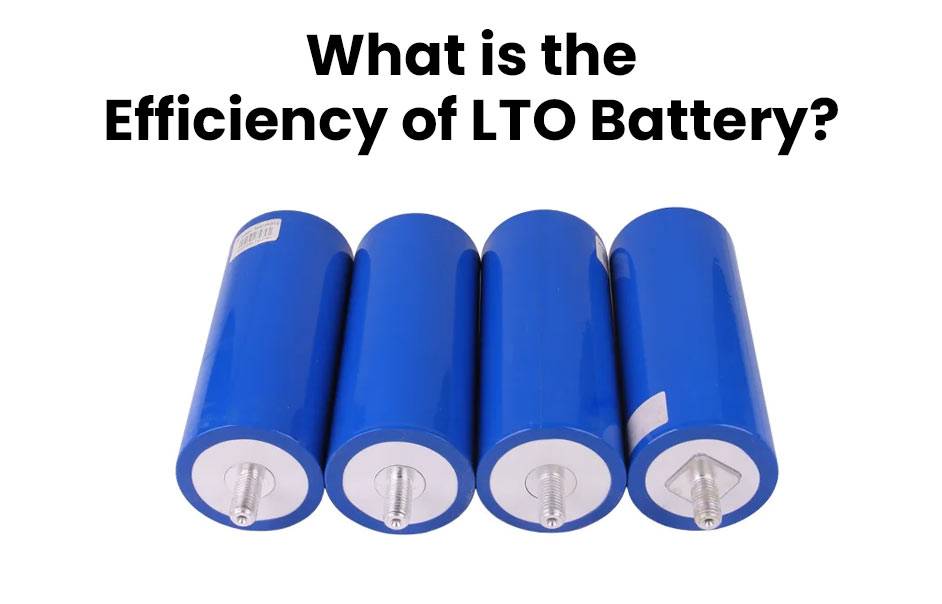- Lithium Golf Cart Battery
- Forklift Lithium Battery
-
48V
- 48V 210Ah
- 48V 300Ah
- 48V 420Ah (949 x 349 x 569 mm)
- 48V 420Ah (950 x 421 x 450 mm)
- 48V 456Ah
- 48V 460Ah (830 x 630 x 590 mm)
- 48V 460Ah (950 x 421 x 450 mm)
- 48V 460Ah (800 x 630 x 600 mm)
- 48V 460Ah (820 x 660 x 470 mm)
- 48V 500Ah
- 48V 560Ah (810 x 630 x 600 mm)
- 48V 560Ah (950 x 592 x 450 mm)
- 48V 600Ah
- 48V 630Ah
-
48V
- 12V Lithium Battery
12V 150Ah Lithium RV Battery
Bluetooth App | BCI Group 31
LiFePO4 Lithium
Discharge Temperature -20°C ~ 65°C
Fast Charger 14.6V 50A
Solar MPPT Charging - 24V Lithium Battery
- 36V Lithium Battery
- 48V Lithium Battery
-
48V LiFePO4 Battery
- 48V 50Ah
- 48V 50Ah (for Golf Carts)
- 48V 60Ah (8D)
- 48V 100Ah (8D)
- 48V 100Ah
- 48V 100Ah (Discharge 100A for Golf Carts)
- 48V 100Ah (Discharge 150A for Golf Carts)
- 48V 100Ah (Discharge 200A for Golf Carts)
- 48V 150Ah (for Golf Carts)
- 48V 160Ah (Discharge 100A for Golf Carts)
- 48V 160Ah (Discharge 160A for Golf Carts)
-
48V LiFePO4 Battery
- 60V Lithium Battery
-
60V LiFePO4 Battery
- 60V 20Ah
- 60V 30Ah
- 60V 50Ah
- 60V 50Ah (Small Size / Side Terminal)
- 60V 100Ah (for Electric Motocycle, Electric Scooter, LSV, AGV)
- 60V 100Ah (for Forklift, AGV, Electric Scooter, Sweeper)
- 60V 150Ah (E-Motocycle / E-Scooter / E-Tricycle / Tour LSV)
- 60V 200Ah (for Forklift, AGV, Electric Scooter, Sweeper)
-
60V LiFePO4 Battery
- 72V~96V Lithium Battery
- Rack-mounted Lithium Battery
- E-Bike Battery
- All-in-One Home-ESS
- Wall-mount Battery ESS
-
Home-ESS Lithium Battery PowerWall
- 24V 100Ah 2.4kWh PW24100-S PowerWall
- 48V 50Ah 2.4kWh PW4850-S PowerWall
- 48V 50Ah 2.56kWh PW5150-S PowerWall
- 48V 100Ah 5.12kWh PW51100-F PowerWall (IP65)
- 48V 100Ah 5.12kWh PW51100-S PowerWall
- 48V 100Ah 5.12kWh PW51100-H PowerWall
- 48V 200Ah 10kWh PW51200-H PowerWall
- 48V 300Ah 15kWh PW51300-H PowerWall
PowerWall 51.2V 100Ah LiFePO4 Lithium Battery
Highly popular in Asia and Eastern Europe.
CE Certification | Home-ESS -
Home-ESS Lithium Battery PowerWall
- Portable Power Stations
What Are the Key Differences Between LTO and NMC Batteries?

Understanding the differences between Lithium Titanate Oxide (LTO) and Nickel Manganese Cobalt (NMC) batteries is crucial for selecting the right energy storage solution. While LTO batteries excel in safety, rapid charging, and longevity, NMC batteries offer higher energy density, making them suitable for applications like electric vehicles. Each has unique advantages depending on usage.
What are the key characteristics of LTO and NMC batteries?
LTO batteries are known for their exceptional cycle life, rapid charging capabilities, and safety features. They typically have a lower energy density compared to NMC batteries, which offer higher energy density but shorter cycle life. Understanding these characteristics helps determine which battery type is more suitable for specific applications.Key Characteristics Comparison
| Characteristic | LTO Batteries | NMC Batteries |
|---|---|---|
| Energy Density | Lower (around 70 Wh/kg) | Higher (up to 250 Wh/kg) |
| Cycle Life | Very high (up to 20,000 cycles) | Moderate (around 2,000-3,000 cycles) |
| Charge Time | Fast (under 30 minutes) | Moderate (1-2 hours) |
| Temperature Range | Wide (-30°C to 55°C) | Moderate (-20°C to 60°C) |
| Cost | Higher initial cost | Generally lower initial cost |
How do LTO and NMC batteries perform in different applications?
LTO batteries excel in applications requiring frequent cycling, such as public transportation systems or grid storage solutions. Their ability to charge quickly makes them ideal for environments where downtime must be minimized. In contrast, NMC batteries are preferred for electric vehicles due to their higher energy density, allowing for longer driving ranges.Performance Overview
| Application Type | Best Suited Battery Type | Reason |
|---|---|---|
| Electric Vehicles | NMC | Higher energy density |
| Public Transport | LTO | Rapid charging capabilities |
| Grid Storage | Both | Depends on specific requirements |
| Portable Electronics | NMC | Compact size with high energy |
What are the advantages and disadvantages of LTO compared to NMC?
LTO batteries offer significant advantages in terms of safety, cycle life, and rapid charging. However, they come with a higher initial cost and lower energy density. Conversely, while NMC batteries provide higher energy density at a lower cost, they have a shorter lifespan and may present safety risks under certain conditions.Advantages and Disadvantages
| Battery Type | Advantages | Disadvantages |
|---|---|---|
| LTO | Long cycle life, fast charging, high safety profile | Higher cost, lower energy density |
| NMC | High energy density, lower initial cost | Shorter lifespan, thermal runaway risk |
How do the costs of LTO and NMC batteries compare?
The upfront costs of LTO batteries tend to be higher due to their advanced technology and materials. However, their long lifespan can lead to lower total ownership costs over time. In contrast, while NMC batteries have a lower initial cost, their shorter lifespan may result in higher replacement costs.Cost Comparison Chart
| Cost Factor | LTO Batteries | NMC Batteries |
|---|---|---|
| Initial Cost | Higher ($1,000 per kWh) | Lower ($700 per kWh) |
| Long-Term Costs | Lower due to longevity | Higher due to more frequent replacements |
Why is safety a significant factor when comparing LTO and NMC batteries?
Safety is paramount when evaluating battery technologies. LTO batteries are known for their robust thermal stability and resistance to thermal runaway incidents. In contrast, while generally safe under normal conditions, NMC batteries can pose risks if not managed properly due to their susceptibility to overheating.Safety Overview
| Safety Aspect | LTO Batteries | NMC Batteries |
|---|---|---|
| Thermal Stability | High | Moderate |
| Risk of Thermal Runaway | Low | Higher |
What are the best applications for LTO batteries?
LTO batteries are ideal for applications requiring high cycle life and rapid charging capabilities. They are commonly used in electric buses, industrial equipment, and renewable energy storage systems where longevity and safety are critical.
What are the best applications for NMC batteries?
NMC batteries excel in applications where space is limited but high energy output is needed. They are widely used in electric vehicles, portable electronics like laptops and smartphones, as well as grid storage solutions that require efficient power management.
Industrial News
Recent advancements in battery technology have highlighted the growing interest in both LTO and NMC chemistries. Companies are investing in research to enhance the performance characteristics of these batteries while addressing safety concerns associated with thermal runaway incidents. Additionally, innovations aimed at reducing production costs are making these technologies more accessible across various industries.
Redway Power Expert Views
“LTO technology stands out due to its exceptional safety features and longevity,” states a representative from Redway Power. “While it may not match the energy density of NMC batteries, its ability to withstand harsh conditions makes it an excellent choice for critical applications such as public transport systems.” The ongoing development in both chemistries indicates a promising future for diverse energy storage solutions.
Frequently Asked Questions
- What is the main difference between LTO and NMC batteries?
LTO batteries offer longer cycle life and faster charging but have lower energy density compared to NMC batteries, which provide higher energy output at a lower initial cost. - Which battery type is safer?
LTO batteries are generally considered safer due to their high thermal stability and resistance to thermal runaway incidents compared to NMC. - How long do these batteries last?
LTO can last up to 20,000 cycles while NMC typically lasts around 2,000-3,000 cycles. - What applications benefit most from each battery type?
LTO is ideal for public transportation systems needing rapid charging; meanwhile, NMC is preferred for electric vehicles due to its higher energy density. - Are there any environmental concerns with these battery types?
Both types have environmental impacts associated with mining materials; however, advancements in recycling technologies aim to mitigate these concerns as demand grows.

Advantages and disadvantages of LTO and NMC
LTO (Linear Tape-Open) and NMC (Nickel Manganese Cobalt) each have their pros and cons:














